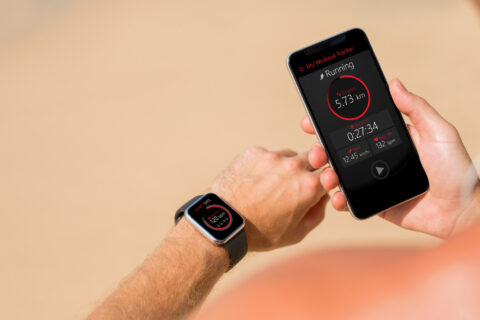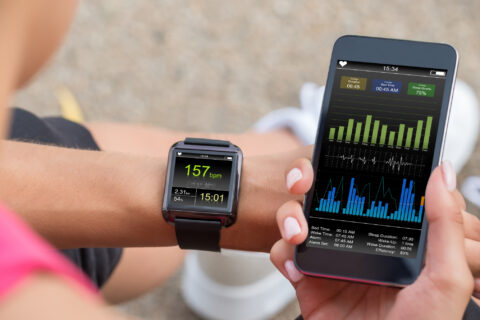Trying to predict your performance can be nerve-wracking but in this era of training metrics and numbers, data can tell you a lot.
Trying to predict your performance can be nerve-wracking but in this era of training metrics and numbers, data can tell you a lot.




